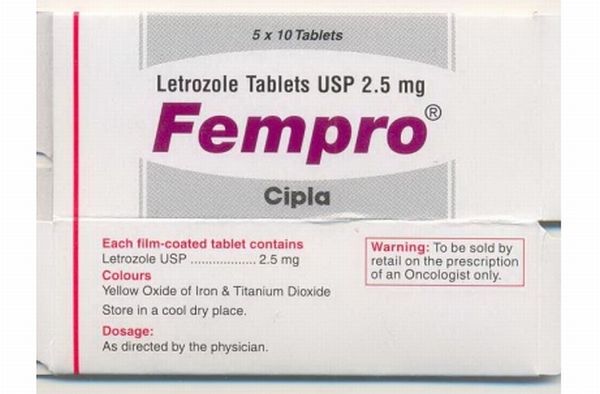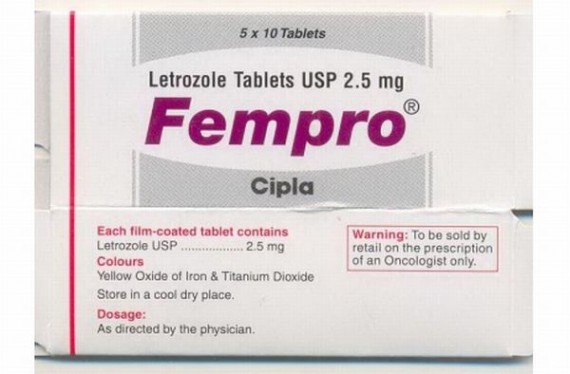
Question: Can letrozole be used to replace Nolvadex (tamoxifen) during post cycle therapy (PCT)? If so, since it appears to be a bit stronger, how much should be run during PCT?
Answer: The purpose of letrozole is to control estrogen levels, with the typical goal being the low end of normal.
Tamoxifen (Nolvadex) and clomiphene (Clomid) and the SERMs in general don’t control estrogen levels but do, in some tissues, block the action of estrogen. They also in other tissues can act as estrogens.
You bring up what would be a good subject to look into again. Quite some time back I did an exhaustive literature study on everything affecting LHRH and LH production, and I found reason to think that SERMs benefit LH production not only via anti-estrogenic effect but also via estrogenic effect in the hypothalamus or pituitary — I’m afraid I don’t recall which. That would bear looking into again.
Personally, I’ve tried using just letrozole post-cycle and did fine with it, but it seems I am at the better end of the range with regard to easy recovery from cycles. I consider the traditional SERM-based approach to be by far the most proven and continue to recommend it.
That said, controlling estrogen levels to low-normal post-cycle, if they otherwise would be, cannot be a bad thing. And so there’s nothing unreasonable about combining the approaches, providing that the anti-aromatase dosage (e.g. letrozole) is not excessive. It definitely works fine to do that.

About the author
Bill Roberts is an internationally-recognized expert on anabolic steroids and performance-enhancing drugs (PEDs). He received a bachelor degree in Microbiology and Cell Science and completed the educational and research requirements for a PhD in Medicinal Chemistry at a major American university.
Bill entered the nutritional supplement industry prior to completing his doctoral thesis but his education was invaluable so far as being able to design/improve nutritional supplement compounds, since it was in the field of designing drug molecules and secondarily some work in transdermal delivery.
His education was not specifically "geared" toward anabolic steroids other than expertise with pharmacological principles having broad applications. This has allowed Bill to provide unique insight into the field of anabolic pharmacology with knowledge of points which he would not have known otherwise.
Leave a Reply
You must be logged in to post a comment.